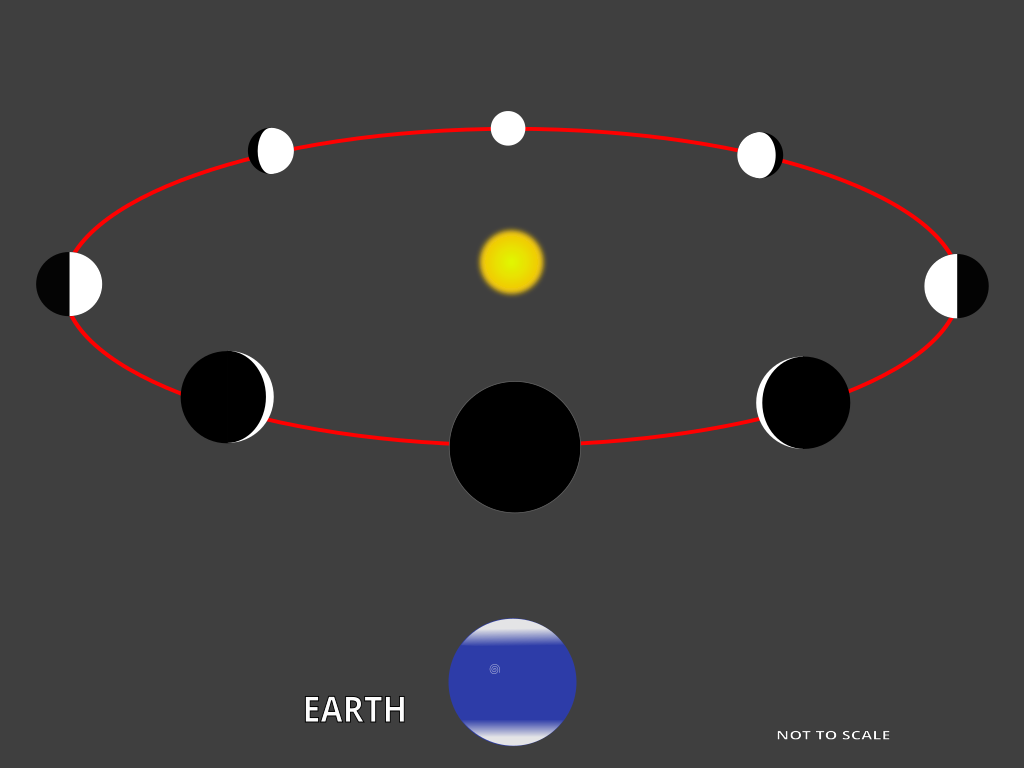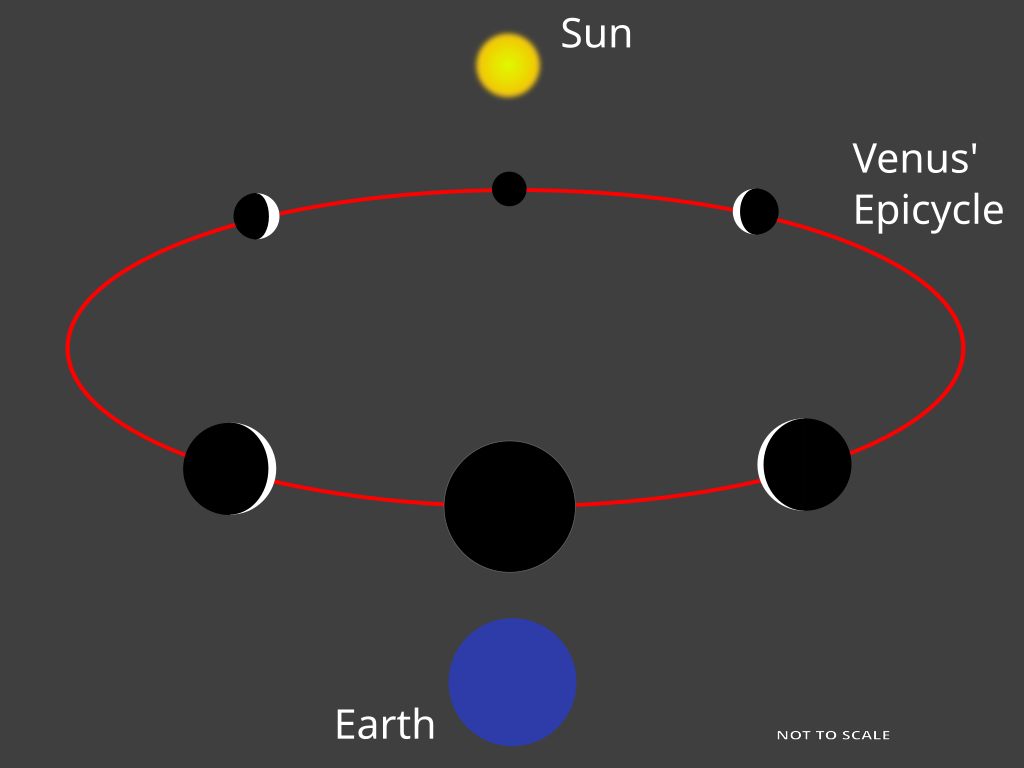For most of human history, it was a simple truth that the Sun revolved around the Earth. After all, that’s what it appeared to do every day – along with everything else we could see in the sky. The idea was called “geocentrism” and almost everyone believed it.
That isn’t to say the idea didn’t have detractors. Ancient Greek thinkers had developed a Sun-centric model, although they preferred Aristotle’s geocentric one. Islamic scientists created tables of planetary motion based on their observations of the night sky. In Europe, thinkers like Copernicus and Kepler did the math on why stars seemed to move differently than planets, concluding that geocentrism was false. But at this point, much of their ideas were theoretical. They needed proof.
That’s where Galileo, the subject of a public exhibit happening right now at Perimeter, came in.
How Galileo Disproved Geocentrism
What made Galileo different from his predecessors was his telescope. He built a powerful new model based on some then-recent inventions from optics experts in the Netherlands. When he pointed that telescope to the sky, Galileo made three key findings that challenged geocentrism.
Galileo first noticed four “stars” near Jupiter that weren’t acting like stars. Instead of orbiting the Earth, they rotated around Jupiter. This was odd because, according to geocentrism, everything orbited the Earth, so Jupiter simply couldn’t have moons. But if Jupiter had moons, what other celestial objects could have things orbiting around them?
Next, Galileo discovered the phases of Venus. Like Earth’s moon, Venus’ illuminated face changes shape from full to crescent as it orbits the Sun. But before Galileo, people had only ever been able to observe the extreme crescent shape of Venus, and they determined that this limited phase change occurred because Venus was never on the far side of the Sun from us.
In the 16th century, astronomers already knew that planets and stars moved differently in the sky. To account for this, they came up with a theory of planetary motion called the epicycle, in which the planets moved in smaller circles as they orbit the Earth. If this was true, then you wouldn’t see Venus when it was directly in front of the Sun. Instead, you would only see the extreme crescents when it was off-centre.
When seen through Galileo’s telescope, however, it became clear that Venus has a full range of phases just like our moon. Galileo realized that for Venus to have all four phases, it must go behind the Sun at some point. And if Venus had to go around the Sun, what about other objects? Could Earth orbit the Sun?
Finally, Galileo turned his telescope to the Sun to observe sunspots, something we do not recommend doing. He observed the Sun in two ways. First, which is very dangerous, he looked at it close to dusk and dawn through low-laying clouds. The second way is perfectly safe and quite ingenious: he pointed the telescope towards the Sun and put a piece of paper near the eyepiece. He then traced the dark spots onto the paper to track the sunspot’s movements.
Astronomers had known about sunspots for a long time, being first recorded in China sometime before 800 BCE. People wondered if sunspots were just shadows of planets, or if the Sun had its own type of clouds. Galileo determined that sunspots were on the surface of the Sun. What’s more, they moved from east to west, disappearing and then reappearing on the opposite side, suggesting that the Sun has a changing surface, and that it was spinning. This was powerful new evidence against the idea that the Sun was a perfect sphere that didn’t spin, a central conceit of geocentrism.
These three observations, that Jupiter has moons, that Venus has phases and moves around the Sun, and that the Sun itself spins, posed significant new challenges to geocentrism. Although his ideas eventually landed him in permanent house arrest, Galileo’s discoveries made geocentrism much harder to accept. Over the next few centuries, more and more scientists adopted Galileo’s insight as fact: the Earth is not the centre of the universe.
If you want to learn more about Galileo and his impact, visit the Galileo exhibit currently at Perimeter. Full of documents, artifacts, and recreations of Galileo’s most important inventions, it’s a look into how humanity changed our understanding of Earth and its place in the universe, literally.
About PI
Perimeter Institute is the world’s largest research hub devoted to theoretical physics. The independent Institute was founded in 1999 to foster breakthroughs in the fundamental understanding of our universe, from the smallest particles to the entire cosmos. Research at Perimeter is motivated by the understanding that fundamental science advances human knowledge and catalyzes innovation, and that today’s theoretical physics is tomorrow’s technology. Located in the Region of Waterloo, the not-for-profit Institute is a unique public-private endeavour, including the Governments of Ontario and Canada, that enables cutting-edge research, trains the next generation of scientific pioneers, and shares the power of physics through award-winning educational outreach and public engagement.


